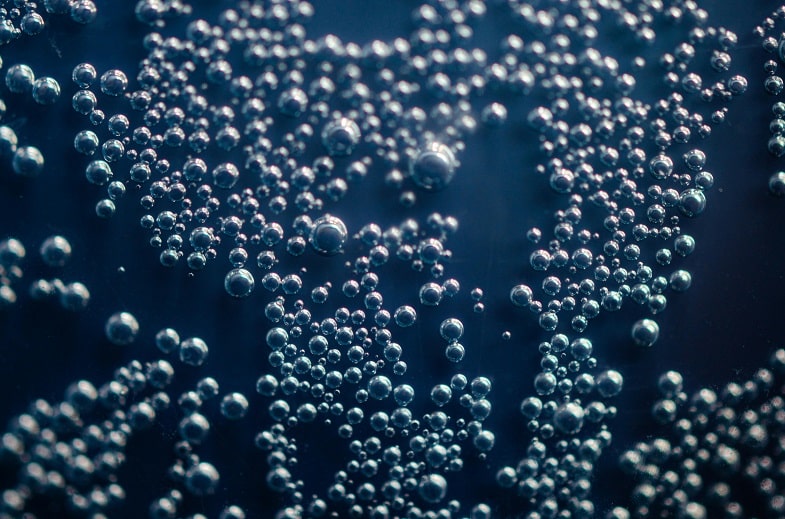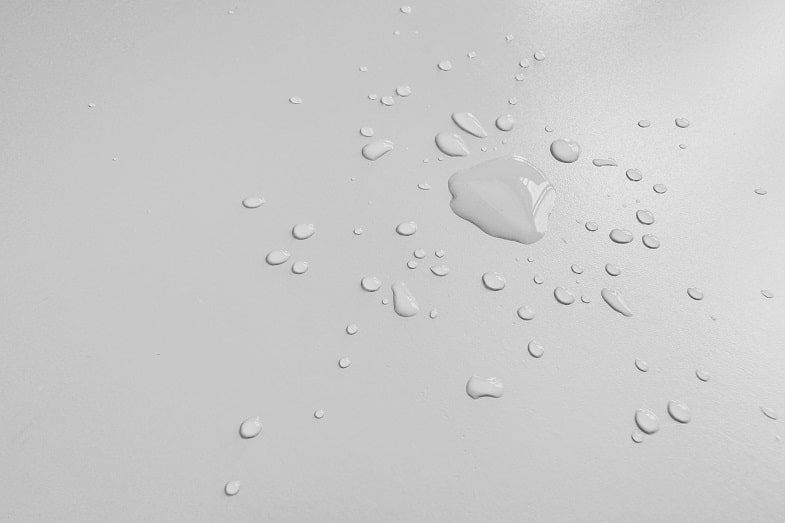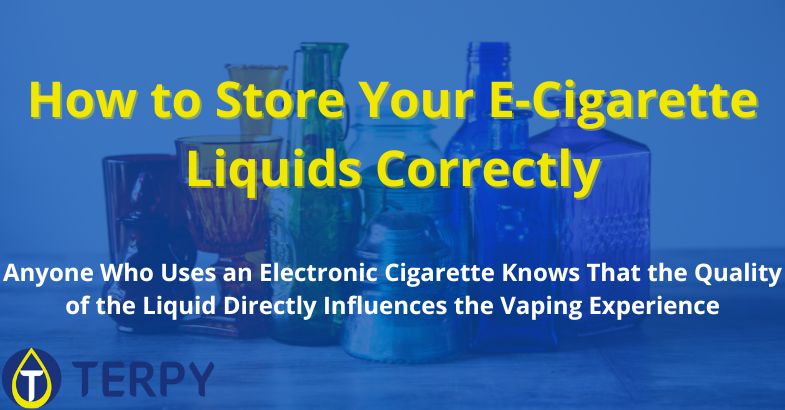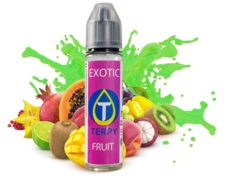Published on: 06/09/2024
Anyone Who Uses an Electronic Cigarette Knows That the Quality of the Liquid Directly Influences the Vaping Experience. However, Few People Worry About How to Store These Liquids Properly, Risking Compromising Their Freshness
Why Is It Important to Store Liquids Properly?
Storing e-cigarette liquids correctly is not only about preserving the taste. Exposure to environmental factors such as light, heat and air can alter the chemical properties of the liquid, affecting not only the taste but also the safety and efficacy of the product.
In addition, improper storage can lead to a reduction in the shelf life of the liquid, forcing you to replace it earlier than expected.
Alteration of Taste
Taste is one of the most obvious aspects that is affected by improper storage. Liquids for electronic cigarettes are composed of a mixture of propylene glycol (PG), vegetable glycerine (VG), flavourings and nicotine (if present).
When these components are exposed to light, air or excessive heat, they can degrade, significantly altering the flavour. A poorly stored liquid may become unpleasant to the palate, with attenuated or altered flavour notes.
Reduced Safety
Not everyone knows that improper storage can also affect the safety of the liquid. Some ingredients, such as nicotine, are particularly sensitive to light and heat.
Nicotine, for example, can oxidise when exposed to air, becoming less effective and potentially irritating. A poorly stored liquid may therefore become less safe to use.
Effects on Shelf Life
Every e cig liquid has a shelf life of 12 to 24 months. However, improper storage can significantly reduce this shelf life.
When a liquid is exposed to adverse environmental conditions, it can degrade more quickly, losing not only its taste but also its effectiveness. This can lead to wasted money and the need to purchase new liquids more frequently.
Read also: Electronic Cigarettes and Health: What Science Says


How Does Light Affect Liquids?
Light is one of the main enemies of electronic cigarette liquids. UV light, in particular, can cause decomposition of the ingredients in the liquid, leading to a change in colour, taste and general quality. Direct sunlight is particularly harmful, but artificial light can also have a negative impact, albeit to a lesser extent. Let’s see how:
Nicotine Degradation
As mentioned earlier, nicotine is particularly vulnerable to light. When exposed to UV light, nicotine can oxidise, transforming into a substance called cotinine.
This transformation not only reduces the effectiveness of nicotine, but can also alter the taste of the liquid, making it more bitter. Even for nicotine-free liquids, light can cause flavour degradation, negatively affecting the vaping experience.
Alteration of Flavourings
Flavourings in e-cigarette liquids are delicate chemical compounds that can be easily altered by exposure to light. Some flavourings, particularly fruit flavours are more susceptible to degradation when exposed to light. This can lead to a loss of flavour intensity or, in some cases, to a flavour that is completely different from the original.
How to Protect Them from Light?
To protect your liquids from light, it is advisable to store them in dark glass bottles or opaque containers. If you buy pre-packaged liquids, make sure they are sold in dark bottles or are protected by opaque packaging.
It is also a good idea to store liquids in a dark place, such as a drawer or cupboard, away from windows or other light sources.
Pay Attention to Different Temperatures as Well!
High temperatures can accelerate the degradation of ingredients, while too low temperatures can cause the components to separate, making the e-liquid less uniform and difficult to use.
High Temperatures: What to Watch Out For?
When a liquid is exposed to high temperatures, the ingredients can begin to degrade. This is especially true for nicotine and flavourings. High temperatures can cause some volatile compounds in flavourings to evaporate, reducing the quality and intensity of the taste. In addition, high heat can accelerate the oxidation of nicotine, reducing its effectiveness and altering the taste of the liquid.
Low Temperatures: What to Consider
While heat is harmful, too low temperatures can also be a problem. At very low temperatures, propylene glycol and vegetable glycerine may separate, leading to an uneven liquid. This can make the liquid less effective and difficult to vaporise.
However, it is important to note that this process is reversible: if a liquid separates due to cold, it can be restored to its original consistency by gently heating it to room temperature and shaking it well.
What Is the Ideal Temperature for Storage?
The ideal temperature for storing e-cigarette liquids is between 10 and 20 degrees Celsius. This temperature range is cool enough to prevent degradation of the ingredients, but not so cold that the components separate.
If possible, store liquids in a cool, stable place, away from heat sources such as radiators, cookers or direct sunlight.


How Many Months (or Years) Do Liquids Last?
Each e-cigarette liquid has a shelf life, which can vary depending on its composition and storage conditions.
It is important to know the shelf life of your liquid and to monitor its condition to avoid using an expired or degraded product.
Therefore, remember to look at the expiry date indicated on e-cigarette liquids, which is the period within which the manufacturer guarantees the quality of the product. Beyond this date, the liquid may not offer the same organoleptic and safety characteristics.
However, the expiry date is not an absolute term; a correctly stored liquid may remain usable beyond the expiry date, whereas a poorly stored liquid may degrade before the stated date.
How to Recognize an Expired Liquid
Recognising an expired or degraded e liquid is crucial to avoiding negative vaping experiences. Some signs that a liquid may have expired include:
- Colour change: a liquid that turns darker may have undergone oxidation;
- Change in flavour: if the flavour is less intense or completely different from the original, the liquid may have expired;
- Change in consistency: if the liquid appears separated or thicker than normal, this could be a sign of degradation.
Read also: How to choose the right ratio of PG to VG?
Conclusion
Proper storage of e-cigarette liquids is essential to ensure a high-quality vaping experience. Light and temperature are the main enemies of your liquids and can significantly affect their freshness, taste and safety. By following the right storage practices, you can prolong the life of your liquids and ensure that each vape is as enjoyable as the first.
Do you still have enough spare liquids at home? And especially well stored? Visit Terpy.shop now to never go empty-handed!





